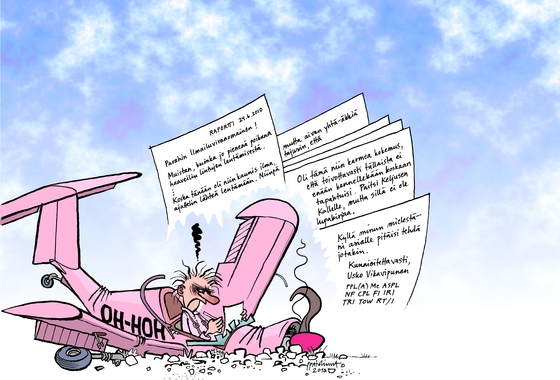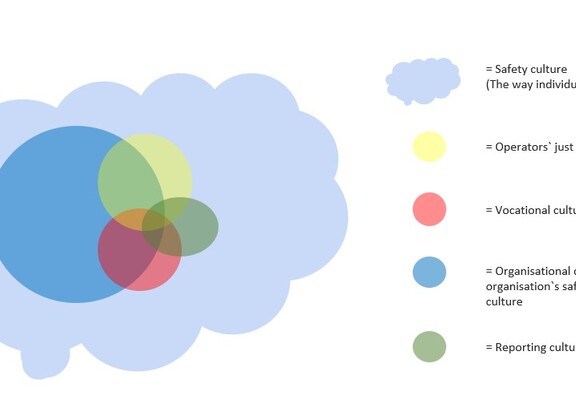Safety culture (External link)

Personnel has long been recognised as human creatures in all safety-critical sectors – including aviation. Individual persons’ (as well as organisations’) ability to apply their skills and knowledge creatively under circumstances where, against all expectations, several, unforeseen factors lead to tricky situations is an important human strength. In such situations, the resilience (ability to act in abnormal situations and recover from them) of the individual and the organisation is the ultimate measure ensuring safe operations.
On the other hand, even a so-called top professional produced by high-quality training, experience and natural abilities has weaknesses that computers, for example, do not have. Humans get tired and distracted and make mistakes if they work on monotonous tasks for long periods of time, for example. One cannot always be working at the top of their game. This also applies to organisations. Effective safety management elements at the state level, in aviation organisations and among enthusiasts enable the management of safety risks, strengthen the performance of individuals, organisations and communities, and help ensure safe operations every day, under all circumstances. It is also important to understand that safety is not an added cost but an enabler of and prerequisite for aviation.
These pages contain information about cultural concepts and their significance to everyday aviation activities in aviation organisations and communities, as well as practical information about how they are applied from the perspective of safety work and safety management.
Cultural elements, such as safety culture, organisational culture, vocational culture and reporting culture, as well as the human factors associated with them, are all related to safety management. Understanding their practical significance is essential to enabling organisations or communities to influence their own safety culture. Cultural elements are often deemed important but invisible at the process level or, at the very least, difficult to measure. An organisation’s or community’s safety culture is not stable but always changing slowly or rapidly. These changes can concern the entire organisation or community or only part of it, and be either positive or negative. Understanding this is integral to maintaining and developing safety culture. Aviation operators are responsible for the safety of their operations. This also includes the responsibility for maintaining an adequate safety culture.
Learn more: Turvallisuuskulttuuri SMS-työn osana – mitä se on? Turvallisuuskulttuuri SMS-työn osana – mitä se on? Traficom’s safety culture webinar for aviation organisations and professionals on 26 January 2022 (in Finnish) (External link)




